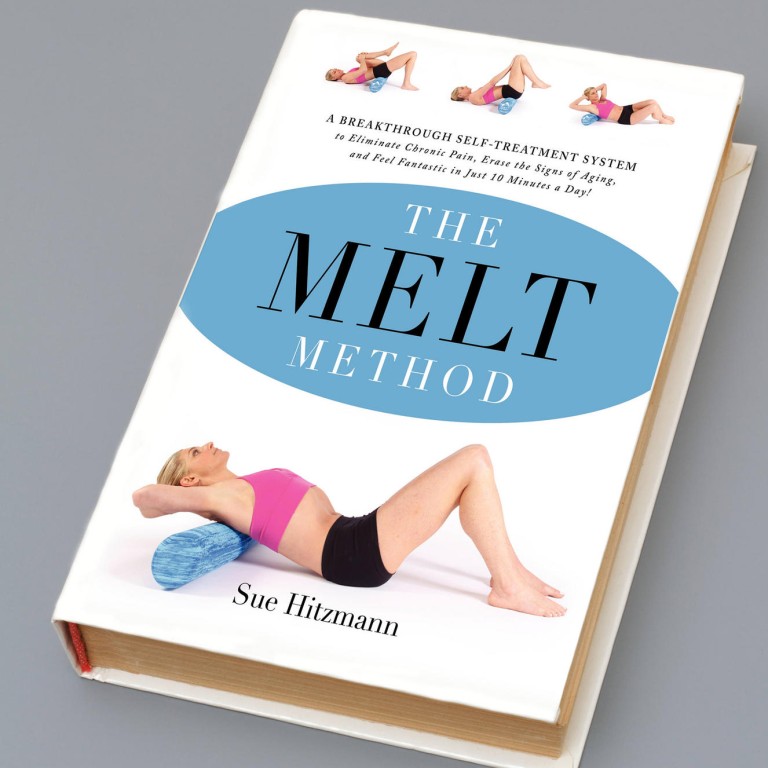
The MELT Method of coping with chronic pain
MELT is short for myofascial energetic length technique, a self-care treatment system that Hitzmann developed based on more than 20 years of experience in the fitness and health industry.

MELT is short for myofascial energetic length technique, a self-care treatment system that Hitzmann developed based on more than 20 years of experience in the fitness and health industry. Starting out as an international fitness presenter and instructor, in the past decade she has been cultivating a private practice as a manual therapist. She set herself apart by taking manual therapy work and bringing it into the fitness industry, creating a technique that's teachable to the general public.
"Myofascial" refers to the layer of loose but strong connective tissue - fascia - that surrounds muscles. According to Hitzmann, "stuck stress" from daily living manifests as chronic pain in fascia.
Many people say they have benefited. They boast of less pain, improved sleep, increased flexibility and increased mobility
MELT works to rehydrate connective tissue and rebalance nervous system regulation, as well as boost the body's natural healing and repair mechanisms. This is done through easy and precise movements that use a foam roller and small balls to simulate the hands-on techniques manual therapists use to help clients living with pain. Hitzmann has trained more than 500 instructors in the US to teach MELT. While learning the right technique under an expert is best, you could also pick it up through her 295-page book, which has many step-by-step photos and clear explanations.
She lays out sequences that can be tailored for many specific body conditions, including arthritis, chronic lower back pain, digestion or sleep problems, and chronic illnesses such as cancer, multiple sclerosis and Parkinson's disease.
I approached the book with apprehension, as Hitzmann's opening line was a bit too "out there" for practical me: "For as long as I can remember, I've had the ability to feel the subtle vibrations that exist in all living things. When I touch a person, an animal, or a tree, if I focus my attention, I physically sense vibrations with my hands."
But using the foam roller is familiar to me - it's a regular self-massage tool for releasing tight muscles and knots of tension after a tough workout. So Hitzmann is definitely no hippie; what she has done is cleverly package, brand and market these techniques - and herself - to those suffering in pain.
The testimonials speak of her success. Her book has 11 reviews on Amazon, all giving the full five stars. From sufferers of severe anxiety and insomnia, to people with lower back pain, runners and golfers seeking performance, to a physical therapist working with children with special needs - many people say they have benefited from MELT. They boast of less pain, improved sleep, increased flexibility and mobility, and better body alignment, posture, breathing and digestion.
Hitzmann says that MELT helps with your body and mind. "You'll notice a change right away."
